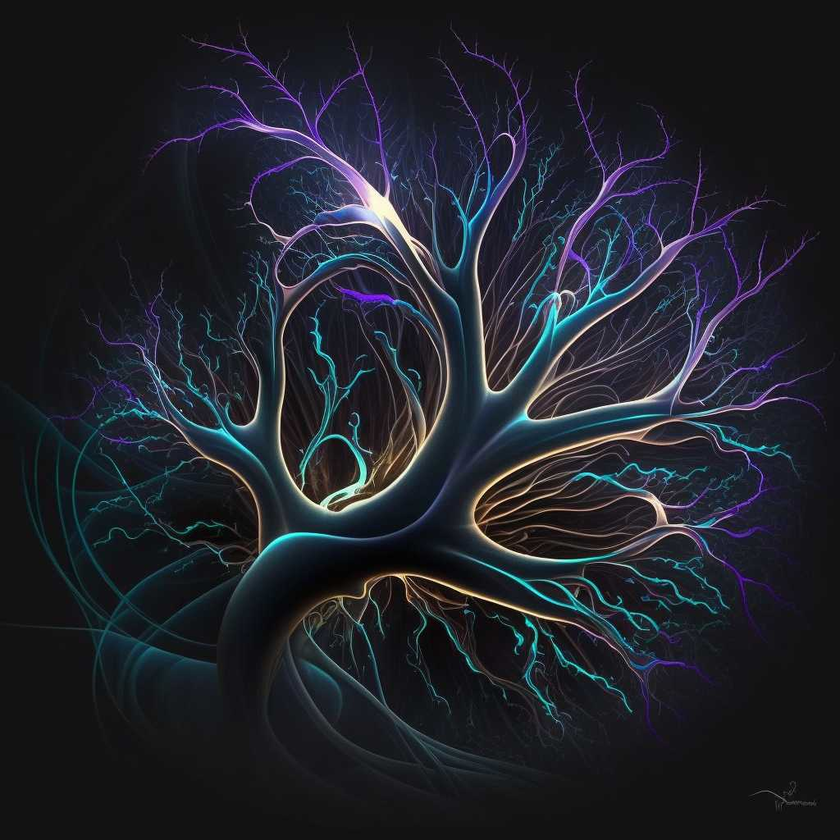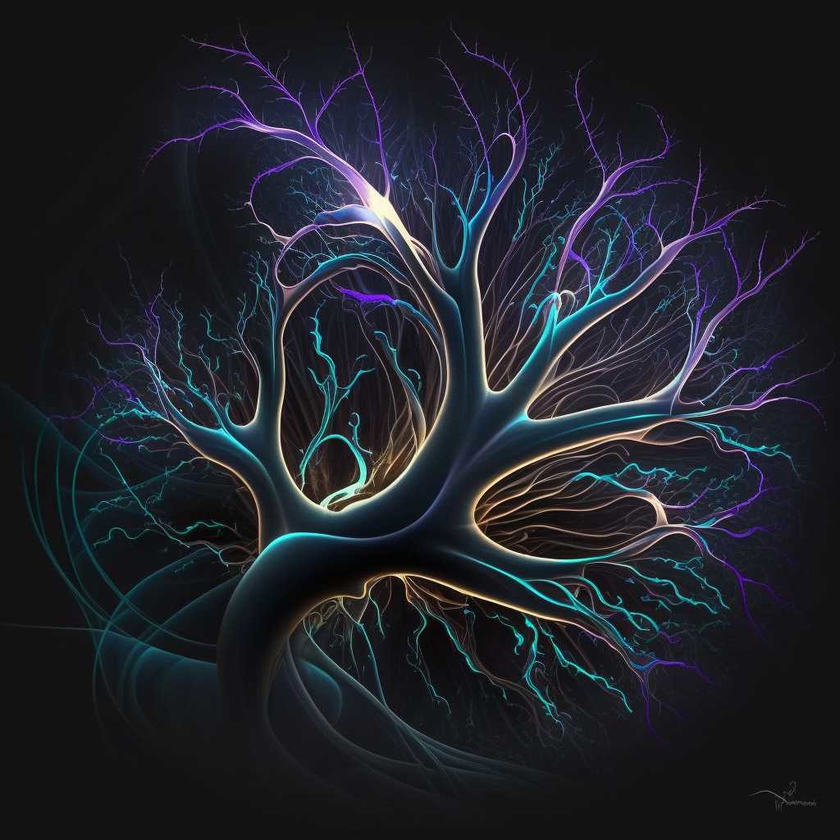Abstract:
The arrow of time, which refers to the directionality of time from past to future, has been a long-standing conundrum in the world of physics, especially concerning the intrinsic discrepancy between thermodynamics and fundamental physical laws. Herein, we propose and analyze the implications of the Expanding Vibrational Web theory for rectifying this issue. By considering the interconnected network of vibrational probability waves underlying the universe's structure and behavior, this theory offers fresh insights into the fundamental characteristics of time, paving the way for a deeper understanding of time's irreversible nature and reconciling theoretical conflicts.
Introduction:
The arrow of time, which represents the one-way directionality of time from past to future, has long puzzled scientists and philosophers. This phenomenon raises questions regarding the distinction between time and the other dimensions, as well as the apparent contradiction between thermodynamics and the time-symmetric nature of fundamental physical laws. To address these issues, we examine the Expanding Vibrational Web theory, which proposes an interconnected network of vibrational probability waves as the foundation for particles, energy, and forces in the universe.
In this analysis, we investigate the potential explanations and implications of this theory for resolving the arrow of time problem. By delving into the fundamental aspects of temporal progression in the context of an interconnected vibrational framework, our goal is to develop a novel understanding of time, reconcile theoretical conflicts, and provide insights into the deeper nature of the universe.
The Expanding Vibrational Web Theory and the Arrow of Time:
The Expanding Vibrational Web theory proposes that the universe's foundation consists of an intricate, dynamically evolving network of vibrational probability waves. Key aspects of this theory that may impact our understanding of the arrow of time include:
1. Irreversibility of interactions: As the vibrational web expands and evolves, the interactions between its constituent elements become increasingly complex and multifaceted, generating an inherent directionality in their progression. This irreversible nature of the interactions aligns well with the irreversible nature of time, as observed in everyday life and thermodynamics.
2. Entropic considerations: The theory postulates that the continuous development and expansion of the vibrational web lead to a constant increase in its entropy, corresponding to higher degrees of complexity and disorder. This entropic increase substantiates the unidirectional flow of time, which is characterized by a consistent growth of entropy in isolated systems.
3. Time-symmetric fundamental laws: Despite the asymmetric behavior of interactions and entropy, the fundamental laws governing the vibrational web's evolution and behavior at a microscopic level are time-symmetric, ensuring congruence with current understanding in physics. This symmetry allows for a bridge between thermodynamics and fundamental physics, providing a unified framework for time's characteristics.
Supporting Evidence:
Several lines of evidence support the Expanding Vibrational Web theory as a viable explanation for the arrow of time:
1. Quantum entanglement: The theory's implication that correlations and entanglements originate from the intrinsic oscillations within the vibrational web aligns with the time asymmetry exhibited in quantum mechanics, offering a conceivable explanation for the role of time in entangled particle interaction.
2. Experimental investigations: Time crystals, an emerging area of research, showcase a periodic structure in time and imply inherent time-dependent properties within their formation. These non-equilibrium structures align with the theories involving time in the context of vibrational interactions.
3. Dynamical systems research: Studies on chaos theory and nonlinear dynamics offer evidence for the irreversibility of complex systems, in line with the Expanding Vibrational Web theory's explanation of time's irreversible nature based on the intricate interplay of vibrations in the web.
4. Cosmological evidence: The expanding universe, as observed through the cosmic microwave background radiation and the redshift of distant galaxies, is congruent with the expanding nature of the vibrational web, further supporting the theory's validity and its implications for the arrow of time.
Conclusion:
By examining the arrow of time through the lens of the Expanding Vibrational Web theory, we unveil a new understanding of time's directional nature and properties. The interplay of irreversible interactions, entropic increase, and time symmetry within this extensive framework reconcile conflicts between thermodynamics and fundamental physical laws. To further substantiate and unravel the intricacies of time within the Expanding Vibrational Web theory, continued research and experimentation are imperative. These endeavors may pave the way for groundbreaking discoveries and profound insights into the very essence of time and the universe at large.
















